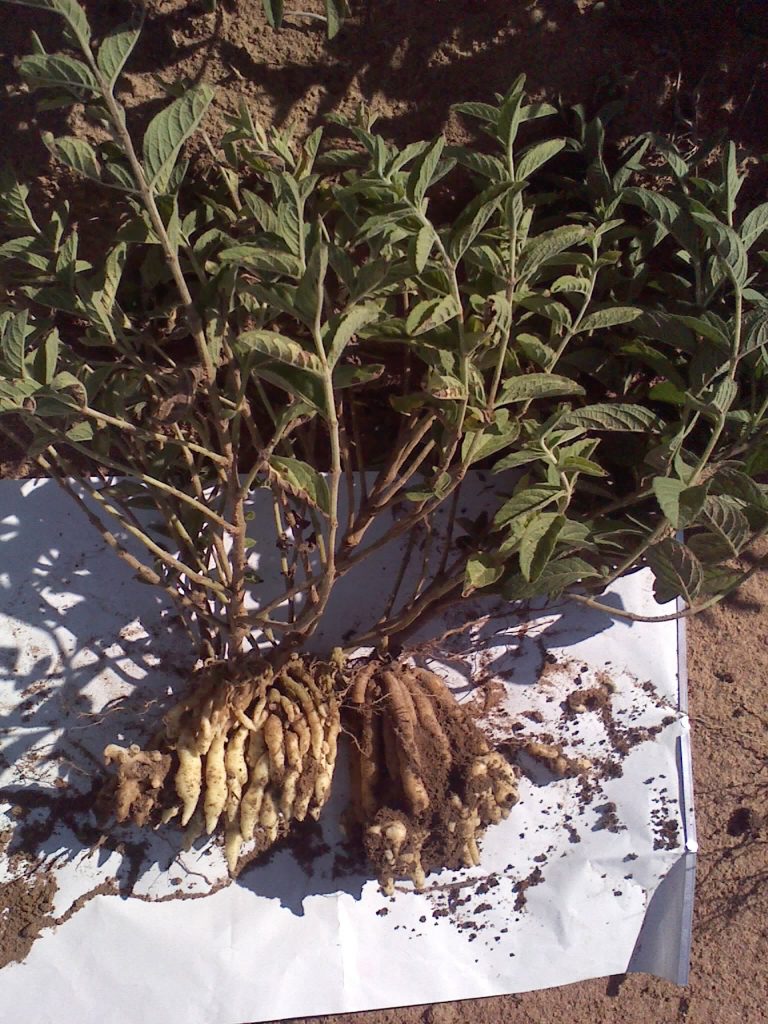By Tracy Mapfumo
Has it ever occurred to you that other potatoes exist apart from the Irish potato and sweet potato? The Livingstone potato known as Tsenza in Shona and Umbondiwe in Ndebele is one of the edible indigenous tuber crop. The Livingstone Potato (Plectranthus esculentus) has had little attention globally, but it could play a significant role in the food systems of communities in Zimbabwe.
It is native to tropical southern Africa where it has been cultivated since prehistoric times. In Zimbabwe the main production areas used to be Nyanga, and the Makoni and Mutasa districts, with isolated villages producing in Seke, Hwedza and Chihota. However, a recent study has shown that main production has shifted to Rusape in Makoni District, Chihota in Marondera, and Nyanga.

The tuber, which is mainly produced by women, is usually grown in wetlands although dry-land production is possible. Although it is not well known, it is well adapted to local soil and climate conditions and can easily be cultivated with minimal inputs.
Horticulture researchers at the University of Zimbabwe are currently investigating different propagation and cultivation methods in order to encourage farmers across Zimbabwe to grow it. It is propagated vegetatively using the edible parts, and planting is usually done from July up to October. Harvesting can be done six to seven months after planting; bulk harvesting can be done but the crop can also be harvested when needed.

According to preliminary nutritional analysis carried out by scientists at London’s Kew Gardens, the Livingstone potato is rich in carbohydrates, vitamin A, and minerals. In Zimbabwe nutritional analyses are still underway. Researchers at UZ are also trying different ways to cook and process the crop. Unlike Irish potatoes, Tzensa tubers can be eaten raw and have a fresh, tangy flavour. The tubers can also be boiled, roasted, fried, or dried and made into flour for thickening and baking.
For more information and recipes, check www.facebook.com/naturallyzimbabwean, and visit us at our office (20 Garlands Ride, Mt Pleasant) or Maasdorp and Amanzi markets, or at the Crop Science Department, University of Zimbabwe.

